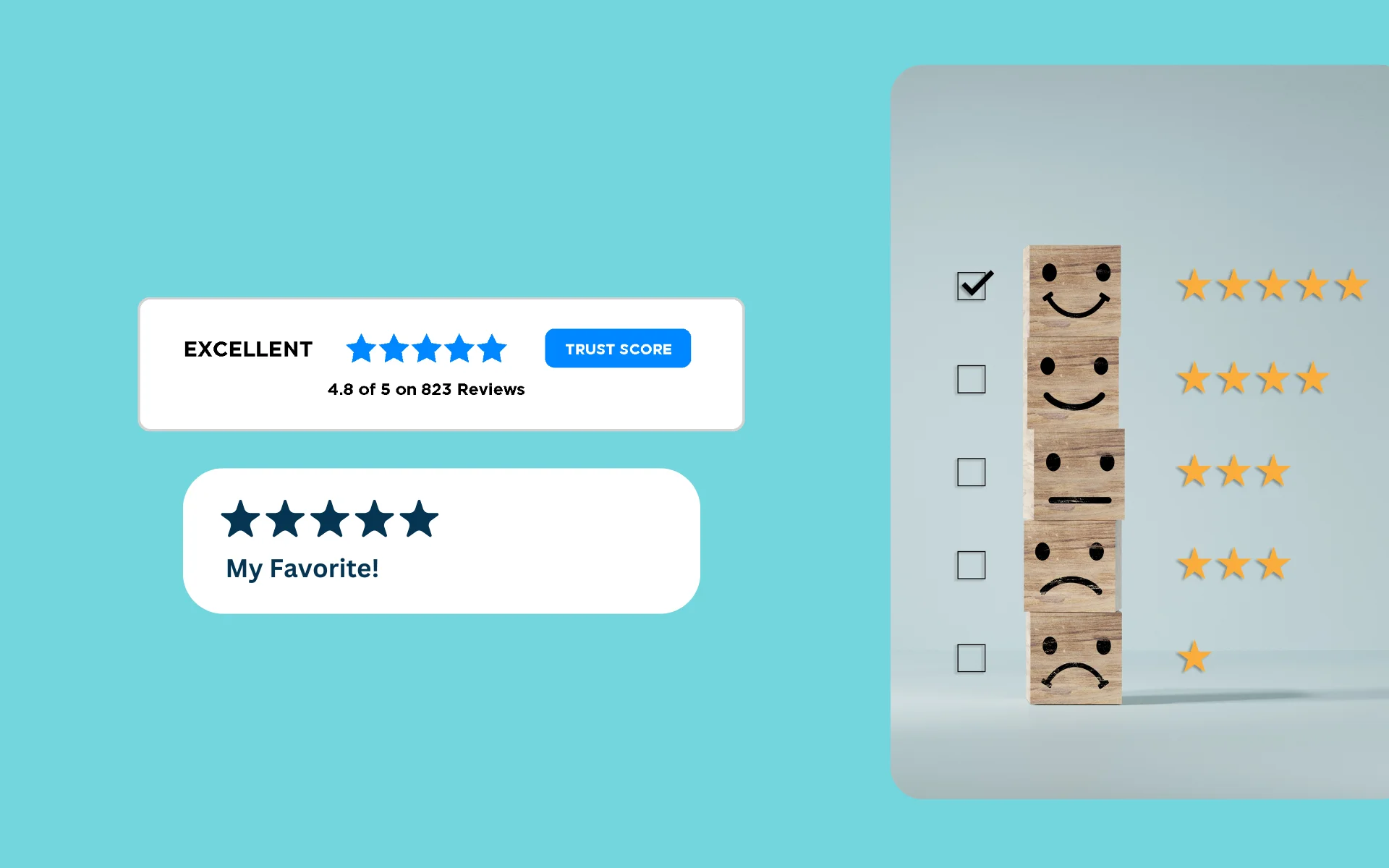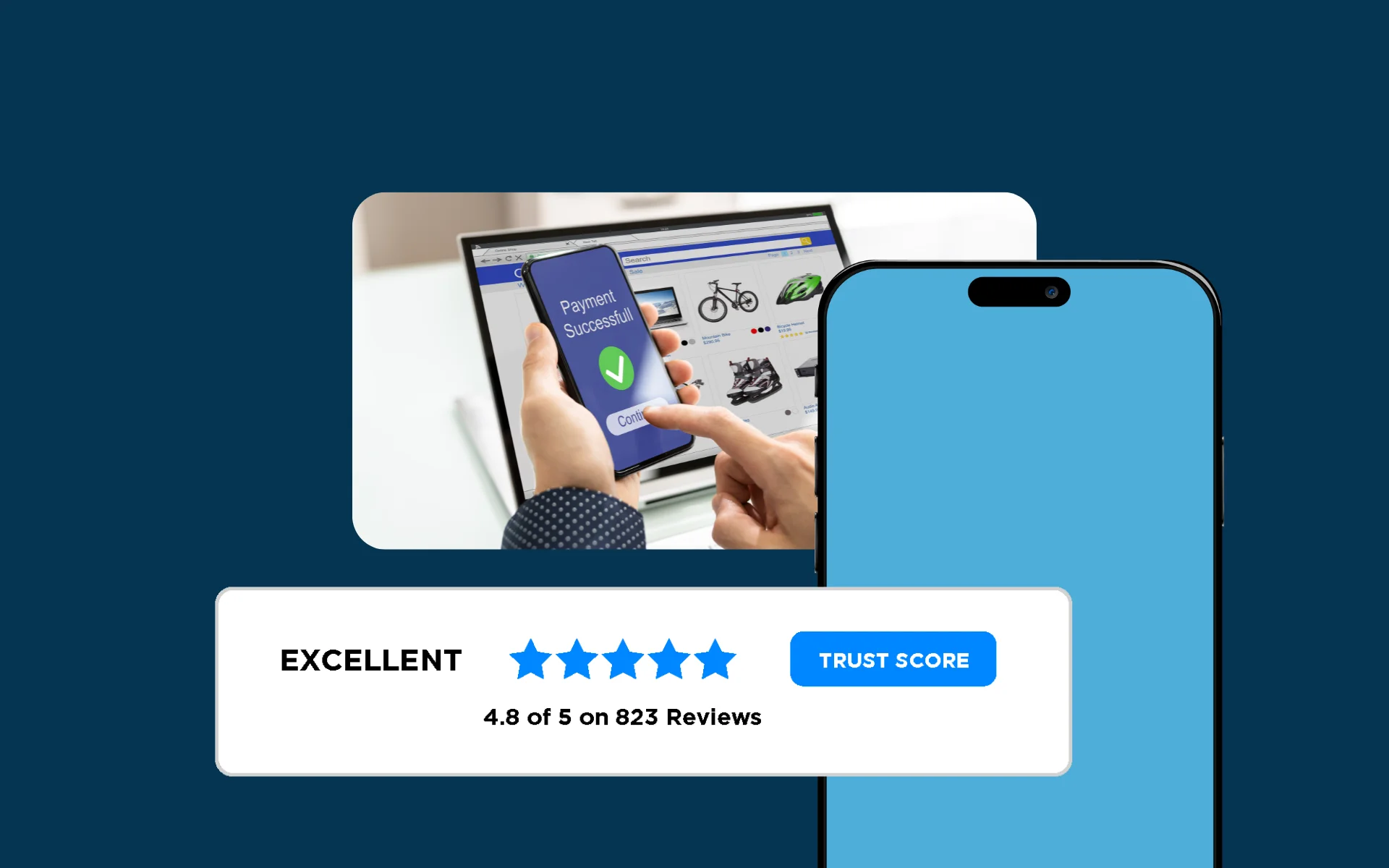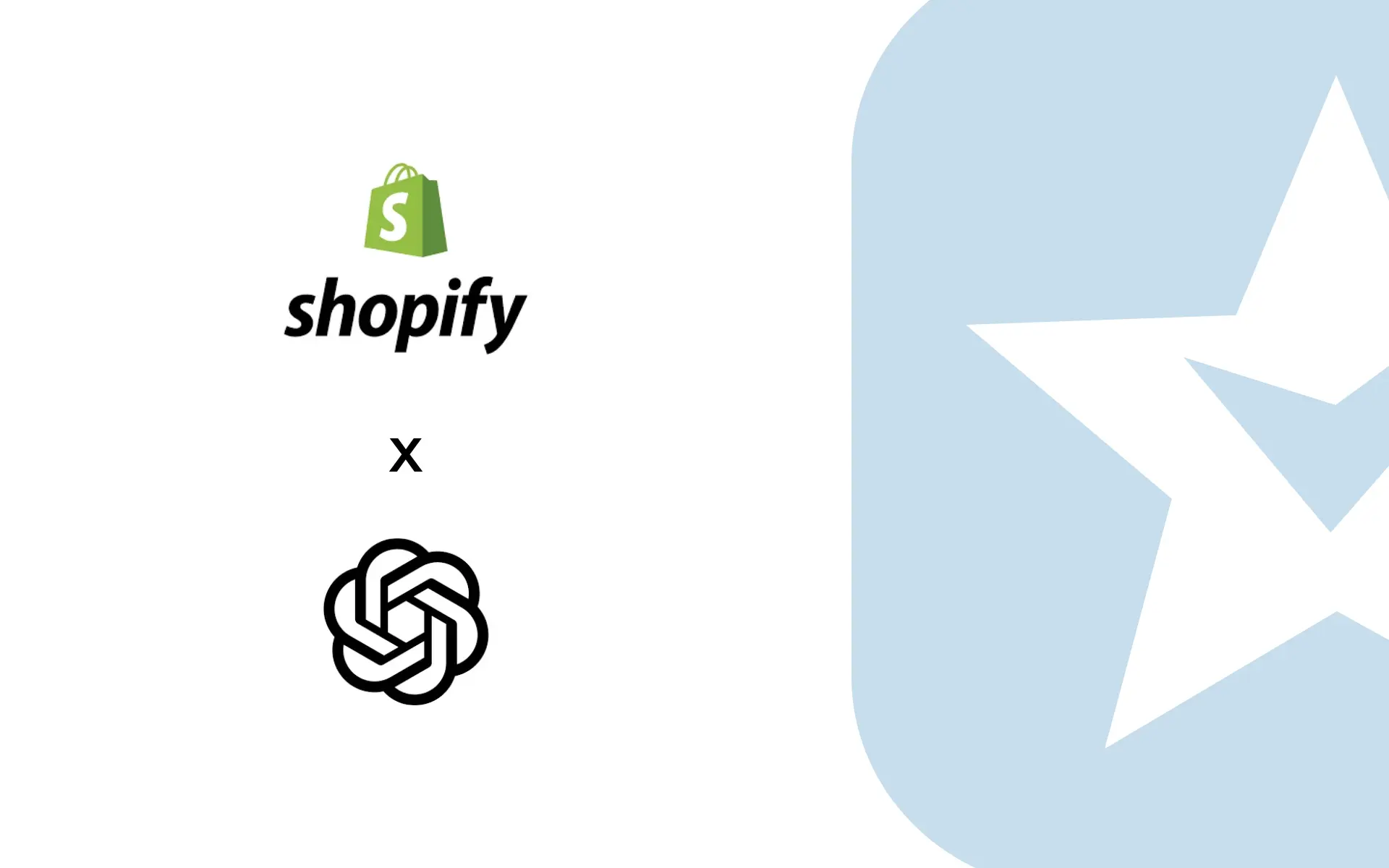Resources
Read the latest insights on ecommerce growth, review strategies, and customer feedback best practices from the RaveCapture team.
33 articles found

Boost your average star rating with these 10 proven strategies. Learn how to improve product quality, request reviews at the right time, respond to feedback, and build customer trust.

Transform customer reviews into compelling ad copy that drives conversions. Learn how to find the best reviews, structure them effectively, and optimize for different ad platforms.

Understand the psychology behind star ratings and how they shape buyer trust. Learn how to encourage better reviews without manipulation.

Discover the optimal timing for review requests based on product type, learn how automation improves response rates, and avoid common timing mistakes that hurt your review collection.

Learn the difference between legal review generation and illegal review gating, understand FTC compliance requirements, and discover how to build a compliant review collection strategy.

Discover the key differences between Google Reviews and site reviews, how they complement each other, and actionable strategies for building a complete review strategy that drives visibility and conversions.

Calculate exactly how many 5-star reviews you need to reach 4.5 stars, plus proven strategies to improve your ratings and drive more conversions.

Explore how proposed tariffs could reshape ecommerce in 2025. Learn practical strategies for supply chain diversification, pricing adjustments, and maintaining customer trust.

Discover 10 practical ways to leverage ChatGPT for your Shopify store, from crafting product descriptions to automating customer service responses and generating marketing copy.

Copy and customize these 5 proven product review request email templates to boost your review collection rates and gather authentic customer feedback for your ecommerce store.

Discover 10 actionable ecommerce marketing strategies for 2025, from AI personalization and video commerce to sustainable practices and influencer collaborations.

Discover the top ecommerce email marketing trends for 2025, from AI-driven personalization to interactive content and sustainable practices that drive conversions and customer loyalty.
Showing 1–12 of 33 articles
Page 1 of 3